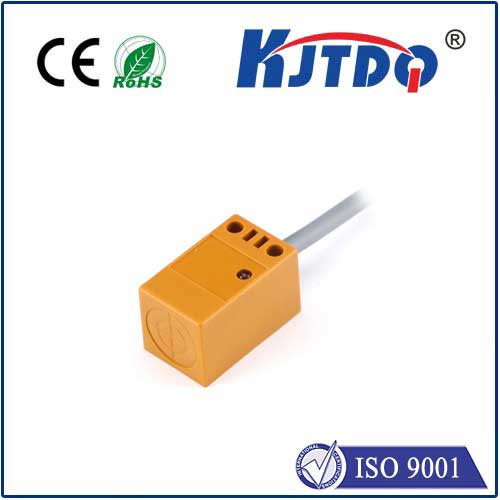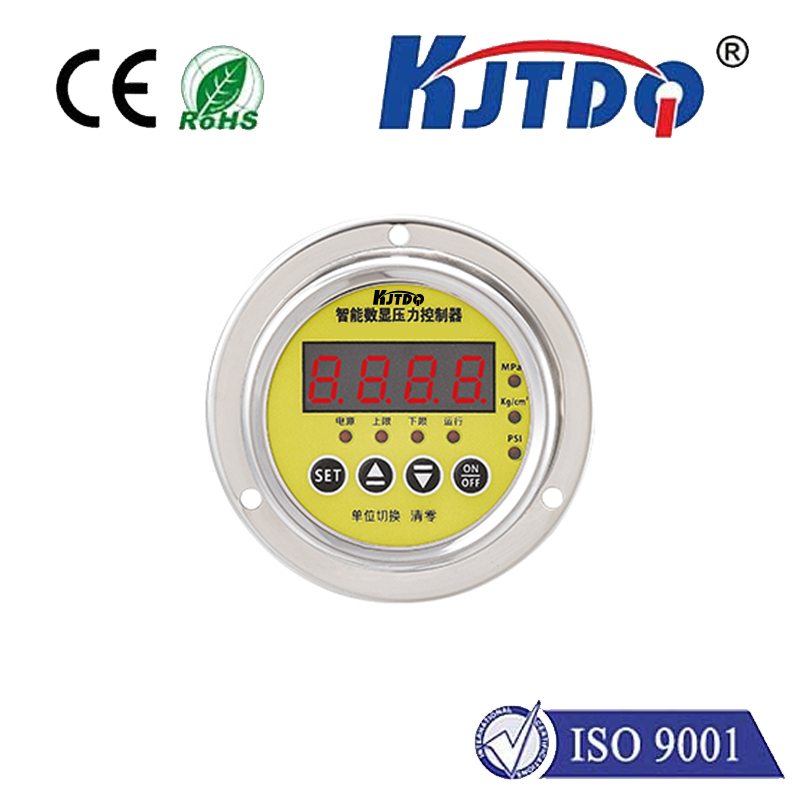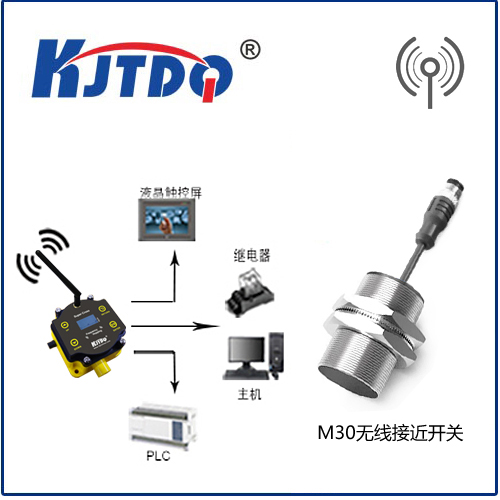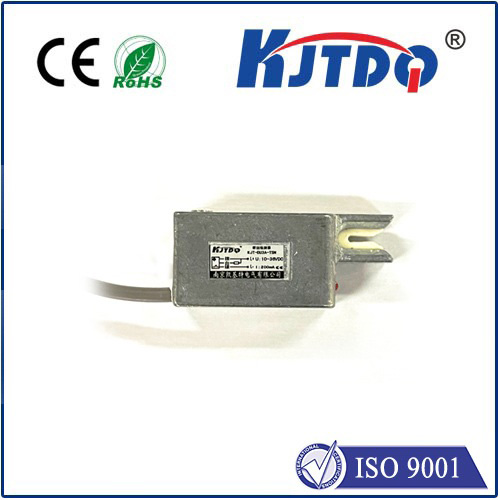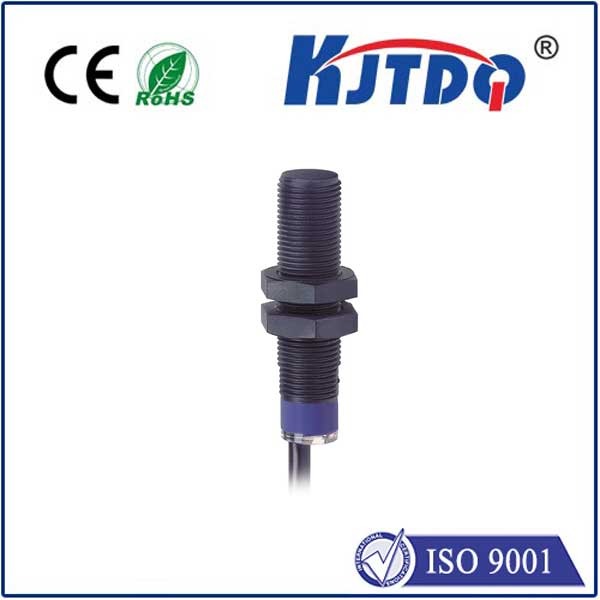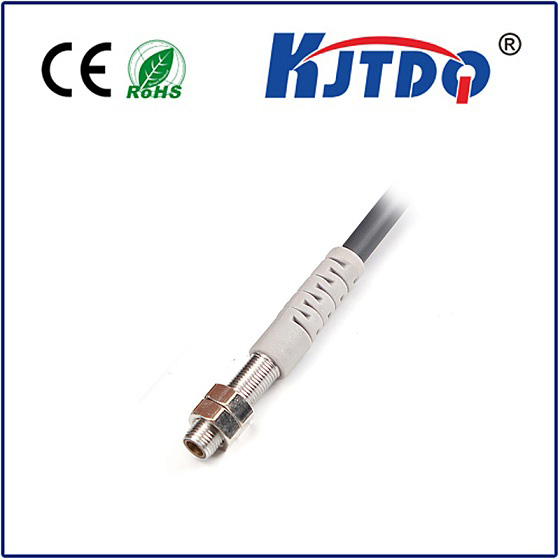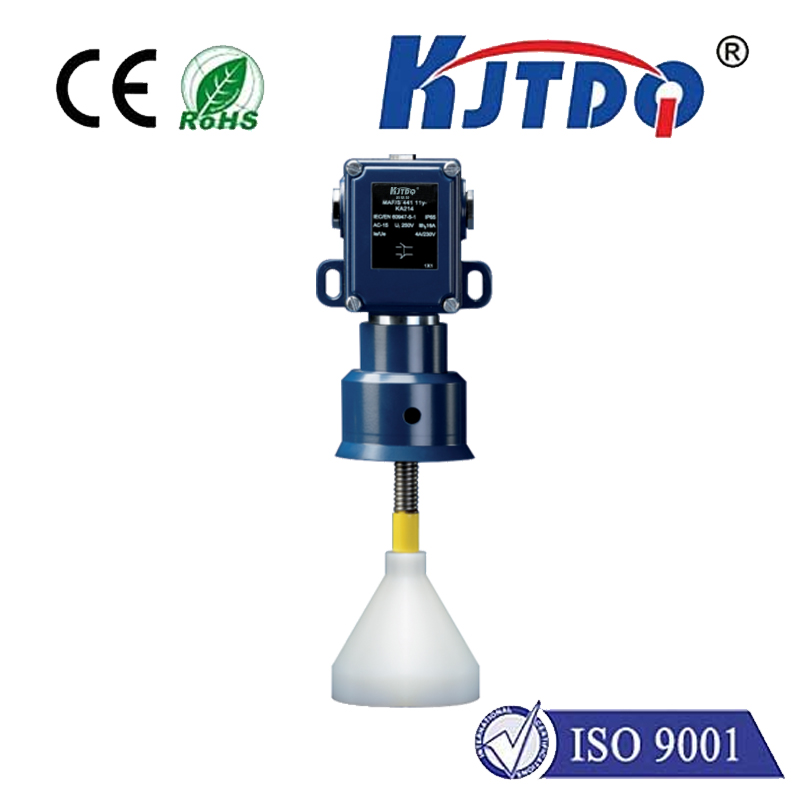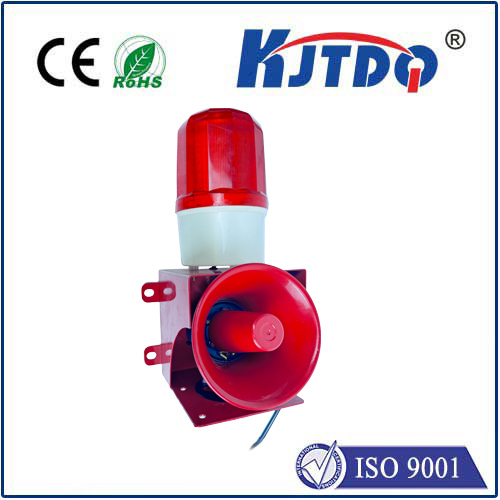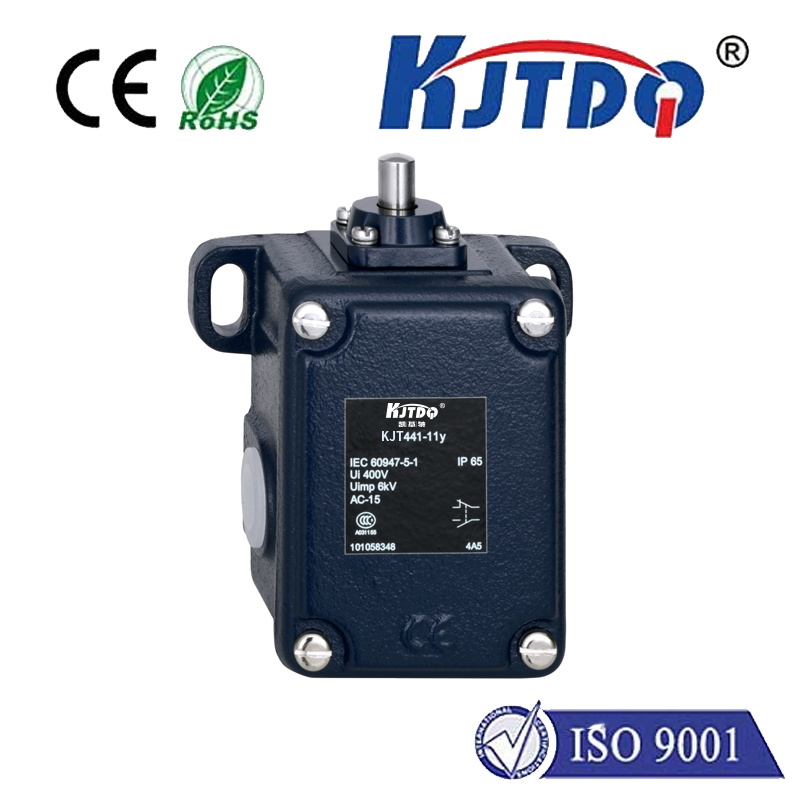
check

check

check

check
The Impact of Distance on IoT Connectivity: Challenges and Solutions
As the Internet of Things (IoT) continues to expand into various industries, distance has become a critical factor in determining the effectiveness of IoT connectivity. The further away devices are from each other or from their central hub, the more challenges they face in maintaining a stable and reliable connection. In this article, we will explore some of these challenges and suggest solutions to overcome them.

Firstly, distance can affect signal strength and quality. As devices move further away from each other or from their network, signals may become weaker and more susceptible to interference. This can result in slower data transfer rates, increased latency, and even dropped connections. To address this issue, using high-quality hardware with strong signal strength is essential. Additionally, implementing mesh networks where each device acts as a node can help distribute the signal and improve overall connectivity.
Secondly, distance can also impact power consumption. Longer distances require more energy to transmit data, which can shorten battery life for devices that rely on wireless power sources. To mitigate this problem, choosing low-power technologies such as Bluetooth Low Energy (BLE) or Zigbee can help extend battery life. Moreover, designing devices with energy-efficient circuitry and optimizing firmware can further reduce power consumption.
Thirdly, distance can pose security risks. As devices communicate over greater distances, they become more vulnerable to eavesdropping and unauthorized access. Encryption techniques like Advanced Encryption Standard (AES) can help secure data transmissions. Furthermore, implementing multi-factor authentication and regularly updating software and firmware can enhance security measures.
Lastly, distance can limit scalability and flexibility. As more devices are added to an IoT system, managing and maintaining connections between devices located far apart can become challenging. One solution is to use cloud-based platforms that allow for centralized management and monitoring of devices regardless of their location. Additionally, employing machine learning algorithms can help optimize device performance and detect potential issues before they occur.
In conclusion, distance plays a crucial role in IoT connectivity and presents numerous challenges that must be addressed. By utilizing high-quality hardware, low-power technologies, encryption techniques, cloud-based platforms, and machine learning algorithms, companies can overcome these obstacles and build robust IoT systems that operate efficiently over long distances.
